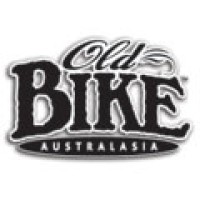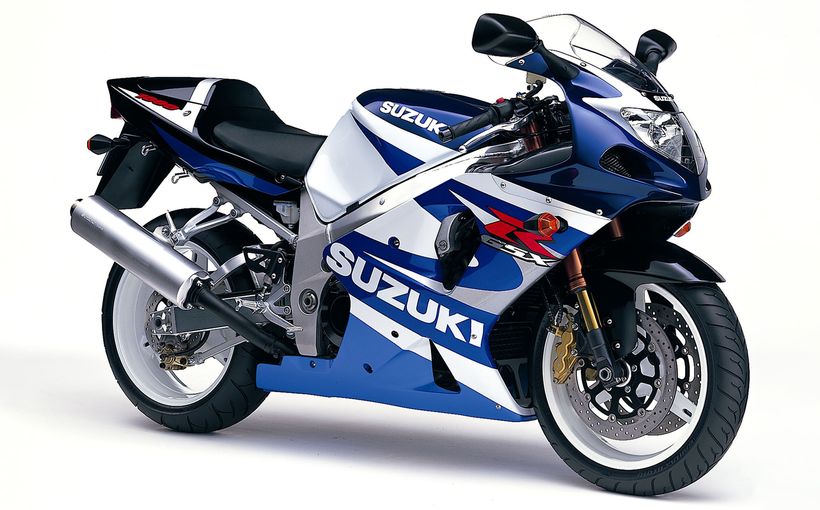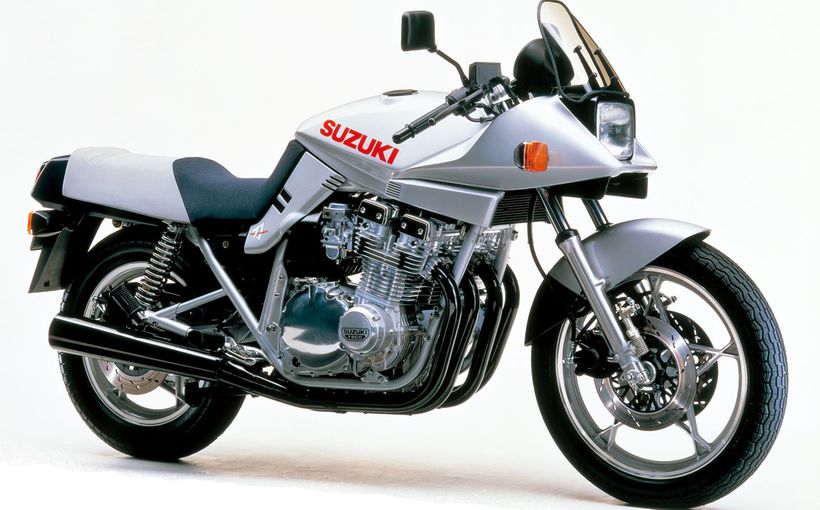Old Bikes Australasia: The Water Bottle Suzuki GT750

For six years, Suzuki defied conventional wisdom when everyone else was going four-stroke.
What the release of the Honda CB750 in 1969 created was not so much of a rush as a stampede, for this machine had finally lain to rest the myth that the Japanese were incapable of building big bikes. And while the basic in-line four-cylinder four stroke eventually became the standard design, for a few years there was a plethora of highly original models pouring out of Japan. Yamaha went the parallel twin route, but Suzuki stuck to its two-stroke guns – as did Kawasaki, at least initially. Having taken some years to refine the air-cooled T500 twin from an awkward looking, overweight misfit to a quite refined machine (and a handy racer in the form of the TR500), Suzuki was understandably reluctant to dump their two-stroke platform just yet. Besides, adding just one more of the T500’s 70 mm x 64 mm cylinders would produce a 738cc 750-class Superbike without creating an entirely new design, so that’s what happened. Even the Candy Lavender (purple) and white colour scheme came from the T500. Mind you, the triple had to endure a rather lengthy gestation period. First shown to the world at the Tokyo Show in October 1970, more than a year (and another Tokyo Show) slipped by with no sign of the production model.
Inherently, a two stroke should have been considerably lighter than a four-stroke as well, but in practice, this didn’t work out. At 214 kg dry, the GT750 Suzuki was marginally heavier than the CB750. It was wide too, thanks to the enormous but necessary radiator. However the gleaming, all-alloy water-cooled engine was undoubtedly a magnificent creation, producing 67 bhp at 6,500 rpm, hitched to a five-speed gearbox. Water-cooled large capacity two-strokes weren’t exactly new, the British Scott having stuck to this successful formula for many years.
Inside the horizontally-split GT750 crankcase were four large main bearings supporting the crankshaft, which had throws spaced 120-degrees apart. On the left end of the crankshaft sat three sets of points, with an inboard gear driving the tachometer and the vane-type water pump, located in the bottom of the crankcase. Primary drive was taken from between the second and third cylinders, with the outer (right) flywheel assembly grafted onto the primary gear. The cylinder block was cast in one piece, with non-removable cast-iron liners. Similarly, the head was a one-piece unit. In search of smoothness, the engine was rubber-mounted to the frame.

Curiously, in an age when disc brakes were all the rage, the first GT750 stuck to a front drum; admittedly a real beauty. The 200mm double-side, twin-leading shoe front stopper looked just like the equipment seen on GP racers, and became highly sought-after as a competition component in many a special, despite its significant weight. A 180 mm rear drum brake, sourced from the T500, was fitted. The centre cylinder’s exhaust system split into two, these two employing the same volume as the larger (top) mufflers servicing the outer cylinders. It also had the effect of giving the GT750 the appearance of a four-cylinder machine, at least from the rear. The radiator cap was hidden from view under a flap at the front of the fuel tank.

Pre-production models of the GT750 were displayed around the world in November 1971, with five machines being flown to Australia late that month. The first production model, the GT750J (J signifying the 1972 production year) arrived in decent numbers around February, where it was immediately compared to the other two-stroke triple on the market, the Kawasaki H2. Suzuki’s triple was pitched as a comfortable, smooth, refined tourer, a bit on the porky side perhaps, but still capable of turning a standing-quarter in 13-odd seconds. And with the liquid cooling came a string of sobriquets – the GT750 became known as the Kettle in the UK, the Water Buffalo in the USA and the Water Bottle in these parts. Handling was considered adequate, with serious scratching limited by lack of ground clearance. The centre stand would make contact with the road without too much provocation.

In its second production year, the GT750K underwent one significant change. Out went the big double-sided front drum, to be replaced by a pair of 295mm discs – in swept area, the biggest stoppers on the market. Inside the engine, a revised system of preventing oil build up in the crankcase was employed. The short-lived L-model appeared in August 1974, with increased baffling to the intake system to reduce audible drone, a mod which badly affected acceleration. There were slimmer side panels with chrome plated front panels and a gear indicator within instrument panel, while the engine now produced 70 bhp due to revised porting and larger 40 mm carburettors, now of the constant-velocity type mounted in a rack rather than individually with a single push/pull cable arrangement. Exhausts were altered in an effort to gain more ground clearance and the fan now listed as an optional fitment at the dealer.

The real revamp came with the M model, which was first released in Japan in October 1974. The GT750M gained even more ground clearance from an entirely new exhausts system with the balance pipes removed from the headers. The cylinder head was shaved by 0.2 mm and the head gasket reduced in thickness from 1.5 mm to 0.8 mm. Compression ration went from 6.7:1 to 6.9:1. Less piston clearance gave slightly quieter running, with aluminium rather than phenolic plastic clutch plates. A major change in the overall feel of the machine resulted from higher final drive gearing – from 3.13:1 to 2.69.1 – as a result of a higher internal fifth gear. However less torque and the higher gearing made it sluggish on takeoff, coupled with greater overall weight, which was up to 252 kg wet.

Apart from a lockable cover on the fuel tank (as on the new GS750), there were few other changes for the 1976 model year. With the success of the new four-cylinder four-stroke, the GT750’s fate was sealed, and the GT750B, released for the 1977 model year, was the last of the line. Visually, this was probably the biggest departure from the original styling, and mirrored much of the look of the GS750, using the same indicators, tail light assembly and similar brown-faced instruments. The front mudguard lost its traditional front and bottom stays, and side panels became black along with the headlight shell. In fact, there had been a serious cost-cutting exercise by Suzuki on both the A and B models. Many chrome-plated components became zinc-finished.
Suzuki ran two parallel assembly lines for the GT750. Although frame and engine numbers began at 10001, they soon got out of sequence due to quality control, where crankcases were scrapped and the next number substituted.
Protect your Suzuki. Call Shannons Insurance on 13 46 46 to get a quote today.










